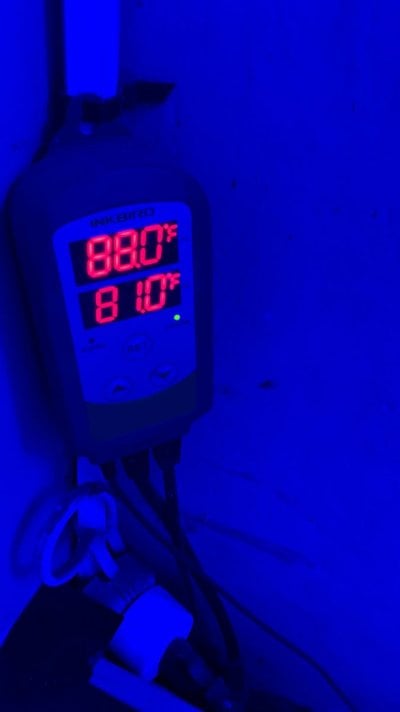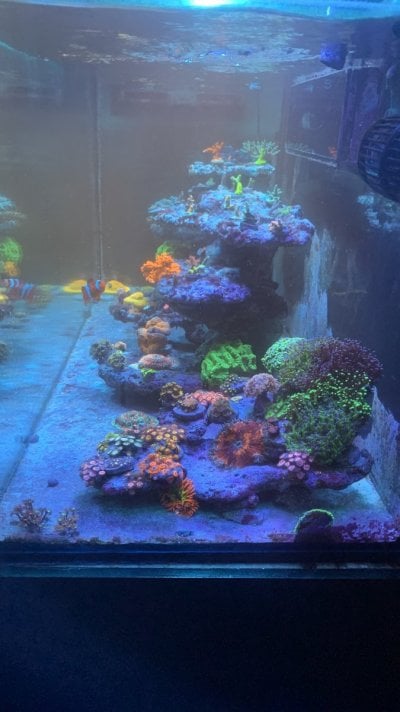All of the research on coral reproduction centers around seasonal temperature variation (plus moon phases, light intensity, and day length) as a means to trigger spawning. So in Dr. Jamie Craggs and other scientists' tanks, temperature in the aquarium is varied between roughly 74 to 84 degrees F on a yearly basis. Craggs et al. have demonstrated that there is no detrimental effect on the corals in their systems, and with this approach they have successfully spawned numerous corals using this method. In addition, day-to-night temperature variance of ~1.5 degrees F are normal in natural settings and are also well tolerated.
The old standard of 78 degrees F being the best temperature to keep corals at may revolve around research into bacterial and coral growth rates. Lower temperatures tend to decrease the risk of bacterial-based coral illnesses (particularly Vibrio coralliilyticus which infects corals above 80.5 F). In addition, at least one study demonstrated maximal coral growth at ~77 F.

 www.ncbi.nlm.nih.gov
www.ncbi.nlm.nih.gov
The old standard of 78 degrees F being the best temperature to keep corals at may revolve around research into bacterial and coral growth rates. Lower temperatures tend to decrease the risk of bacterial-based coral illnesses (particularly Vibrio coralliilyticus which infects corals above 80.5 F). In addition, at least one study demonstrated maximal coral growth at ~77 F.

Temperature regulation of virulence factors in the pathogen Vibrio coralliilyticus
Sea surface temperatures (SST) are rising because of global climate change. As a result, pathogenic Vibrio species that infect humans and marine organisms during warmer summer months are of growing concern. Coral reefs, in particular, are already experiencing ...





















